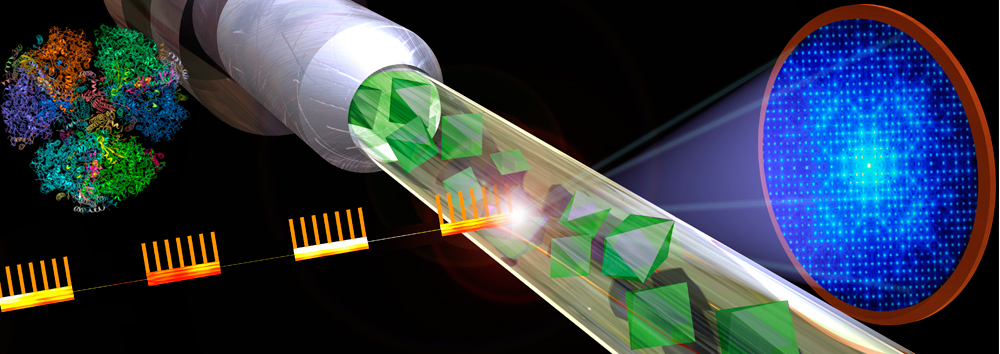In a paper now published in Nature Communications an international group of scientists show that the fast X-ray pulse rate produced by the European XFEL can be used to study the structure of membrane proteins such as those involved in the process of photosynthesis. These results open up eagerly awaited experimental opportunities for scientists studying these types of proteins.
Large proteins and protein complexes are difficult to study with traditional structural biology approaches. Large protein complexes, such as those that sit across cell membranes and regulate traffic in and out of cells, are difficult to crystalize and generally only produce small crystals that are hard to analyse. The extremely fast X-ray pulses generated by European XFEL now enable scientists to collect large amounts of data from a stream of small crystals to develop detailed models of the 3D structure of these proteins.
About European XFEL
The European XFEL is a 3.4 km long research facility extending from Hamburg to the neighbouring town of Schenefeld in the German Federal State of Schleswig-Holstein. With its repetition rate of 27,000 pulses per second and a peak brilliance a billion times higher than that of the best synchrotron X-ray radiation sources, the European XFEL enables the investigation of scientific problems in a variety of disciplines, including among many others: Structural Biology, Chemistry, Planetary Science, the study of matter under extreme conditions.



